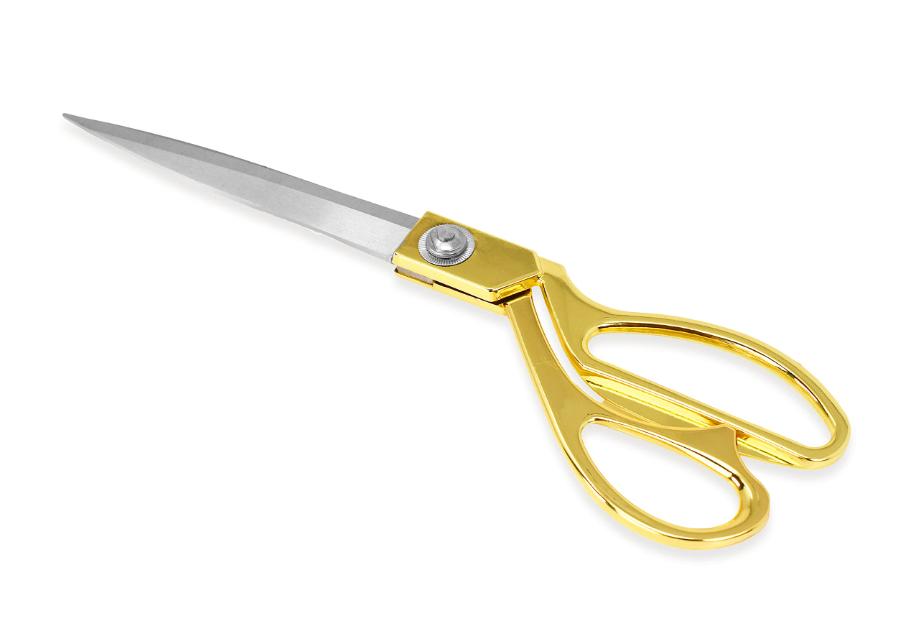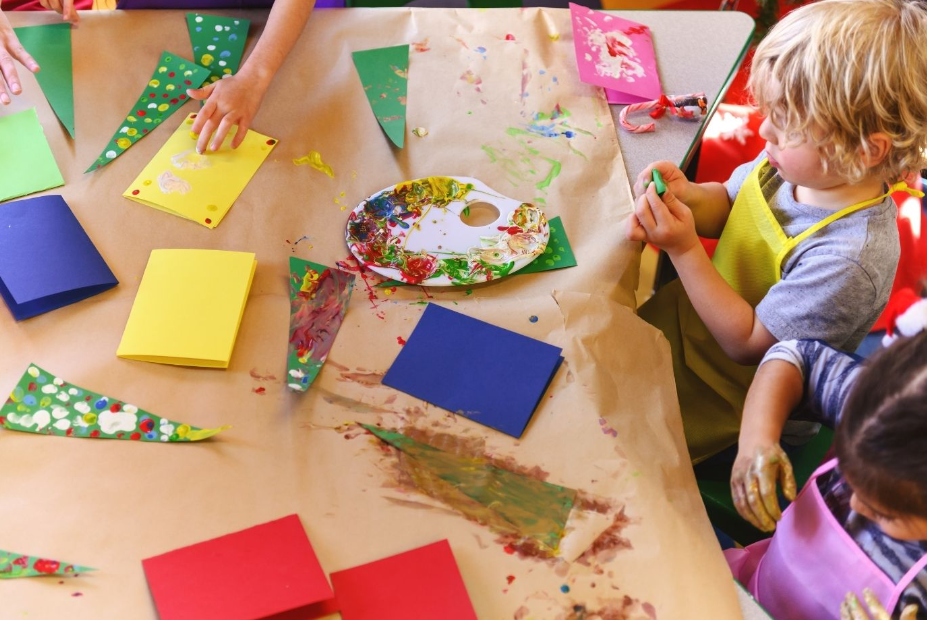Craft activities are a staple of childcare programs, providing children with opportunities for creativity, expression, and skill development. However, crafts can also be a valuable educational tool when thoughtfully planned and executed. In this blog, we’ll explore strategies for incorporating educational value into childcare crafts to enhance children’s learning experiences.
Choose Age-Appropriate Crafts
When planning childcare crafts, it’s essential to select activities that are developmentally appropriate for the age group of the children. Younger children may benefit from simple crafts that focus on sensory exploration and fine motor skills, such as finger painting or collage. Older children can engage in more complex activities that encourage problem-solving, creativity, and self-expression.
Integrate Learning Objectives
To maximize the educational value of childcare crafts, consider integrating specific learning objectives into each activity. For example, you could focus on colour recognition and sorting skills by creating a craft that involves sorting and arranging coloured shapes or materials. Alternatively, you could explore cultural themes and promote diversity by incorporating NAIDOC Week art activities into your craft program.
Encourage Exploration and Inquiry
Craft activities provide opportunities for children to explore new materials, experiment with different techniques, and ask questions about the world around them. Encourage children to express their ideas, make observations, and engage in open-ended inquiry during craft sessions. This fosters a sense of curiosity and promotes critical thinking skills.
Connect Crafts to Real-World Concepts
Make childcare crafts more meaningful by connecting them to real-world concepts and experiences. For example, you could explore the concept of recycling and environmental stewardship by creating crafts using recycled materials. Alternatively, you could incorporate themes related to nature, animals, or community helpers to help children make connections between their craft projects and the world they live in.
Promote Language and Literacy Skills
Craft activities provide opportunities for children to develop language and literacy skills through conversation, storytelling, and writing. Encourage children to describe their craft projects, share their ideas with others, and write or dictate stories about their creations. This helps build vocabulary, communication skills, and early literacy concepts.
Celebrate Diversity and Inclusivity
Incorporate NAIDOC Week art activities into your craft program to celebrate Indigenous culture and promote diversity and inclusivity. Explore traditional Indigenous art techniques, symbols, and stories, and encourage children to create their artworks inspired by Indigenous culture. This fosters an appreciation for diversity and cultural understanding among children.
Conclusion
In conclusion, childcare crafts can be a valuable educational tool when designed with intention and purpose. By choosing age-appropriate activities, integrating learning objectives, encouraging exploration and inquiry, connecting crafts to real-world concepts, promoting language and literacy skills, and celebrating diversity and inclusivity, you can enhance children’s learning experiences through craft activities.

 Home
Home







